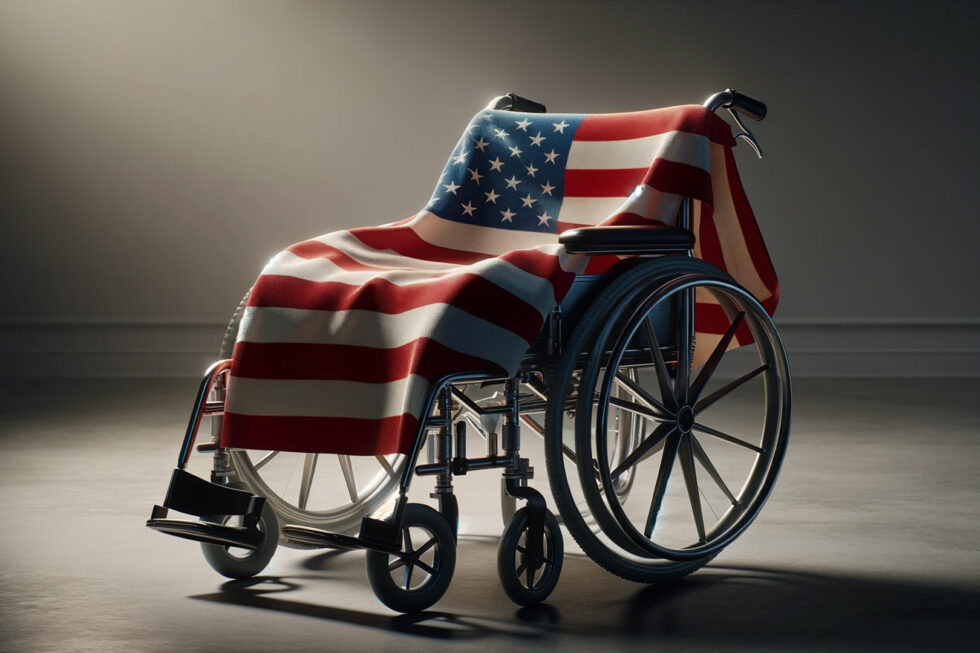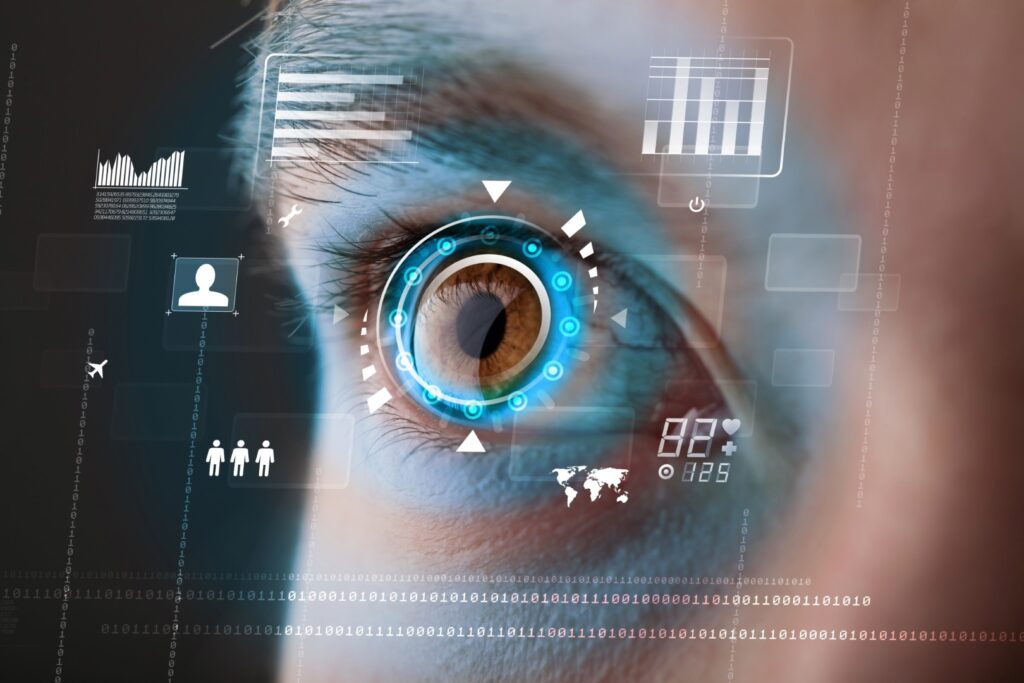
On Tuesday, January 23, 2024, the Senate Judiciary’s IP Subcommittee held a hearing on the Patent Eligibility Restoration Act (PERA). The corporate lobbyists tell us that PERA will fix patent eligibility problems plaguing U.S. innovation for biotech, diagnostic methods, and inventions implemented in software.
In his opening statement, Senator Tillis said, “We’ve said many times before. It’s better to be at the table than on the table. And I’m going to say it again – be at the table.” In Tillis’ view, there are two options: one is either “at the table” and the other is “on the table”. To be at the table, an invitation is required. If you are not invited, you are on the table.
Industries Harmed by 101 Jurisprudence
The Supreme Court created three exceptions to which inventions are eligible to be patented. One affects Biotech, more specifically, patenting genes and gene therapies. Another affects medical diagnostics, which is important to Pharma-related industries. The third affects patenting inventions implemented in software, the Tech industry.
These industries are diverse, each with its own reasons for supporting or opposing PERA. In opening statements, Senator Coons acknowledged this by saying “a wide range of stakeholder groups represented by witnesses here today.”
The judge-made exceptions to patentability have made it nearly impossible for independent inventors, startups, and research institutions to protect their inventions from predatory infringement by huge companies whose business models are to commercialize inventions. These huge corporations focused on commercializing inventions, have few innovations of their own. Instead, they rely on stealing inventions from small entities. Current judge-made exceptions aid their business models.
Who is at the Table?
The Biotech and Pharma industries were well represented, with five of eight witnesses specifically focusing on these sectors.
The only Tech witness was David Jones, Executive Director of the High Tech Inventors Alliance (HTIA), an organization that represents Big Tech multinationals such as Google, Amazon, Cisco, Dell, Microsoft, etc. Former USPTO Director Kappos, once a Big Tech executive, waded into Tech attempting to counter Jones’ objections.
Phil Johnson, whom I know personally and highly respect, is the Executive Director of C21, an organization representing the interests of huge corporations across various industries. Johnson focused on the fundamental aspects of patent law without going too far into specific industry details. Former USPTO Director Iancu and my favorite Professor, Adam Mossoff, directed their testimony largely towards Biotech and Pharma technologies as well as the broader aspects of patent policy.
Mark Deem was the only inventor. He has over 200 patents and worked with more than 20 startups. He now works for a venture firm, Lightstone Ventures. Deem’s expertise in collateralizing patents to attract investment in startups was particularly relevant for this hearing. But Deem and Lightstone Ventures are also almost exclusively focused on technologies in Biotech and Pharma.
What is on the Table?
PERA favorably addresses the exceptions that are plaguing Biotech and Pharma. This must be done to maintain U.S. competitiveness in these industries.
However, PERA effectively codifies the abstract idea exception that wrecked the patent system for most inventions in artificial intelligence, cybersecurity, quantum computing, blockchain, 5G/6G, enterprise systems, and much more. These technologies represent the majority of the 37 of 44 technologies in which China has achieved global leadership, which China identified as its goals to dominate these sectors in its 2025 Initiative.
Importantly, the abstract idea exception has wiped out competition from small Tech companies, helping China achieve its goals and simultaneously enabling Big Tech to monopolize.
On the table is U.S. innovation on the global stage. The butcher knife is whether PERA will restrict U.S. innovation in ways no other country, including China, restricts their own.
Due to PERA’s restrictions, the U.S. will lose its technological lead for generations because of the petri-dish effect. Big Tech will further monopolize and perpetuate becoming even more politically powerful.
PERA Restricts U.S. Innovation in Ways No Other Country Does
PERA eliminates most judge-made exceptions in its preamble (which is suggestion, not law):
“(A) All judicial exceptions to patent eligibility are eliminated.”
PERA then creates several exceptions related to Biotech and Pharma, clarifying eligibility in a way that makes most of their inventions eligible. However, PERA also creates a new exception related to inventions implemented in software, effectively introducing a two-part test.
The first part of the PERA test makes virtually every invention implemented in software ineligible right from the starting gate without a clear, predictable, and objective method for determining what makes an invention fall into the restricted categories:
‘‘(B)(i) Subject to clause (ii), a process that is substantially economic, financial, business, social, cultural, or artistic, even though not less than 1 step in the process refers to a machine or manufacture.”
PERA shifts the burden to the inventor, who now must prove the patent is not ineligible in the second part of the test:
“(B)(ii) The process described in clause (i) shall not be excluded from eligibility for a patent if the process cannot practically be performed without the use of a machine or manufacture.”
To overcome the second part, the inventor must prove that there is no conceivable way in which the invention can be practically performed without a machine or manufacture. Aside from the fact that it is pretty tough to prove a negative, as explained below, in most cases it is conceivable to perform many inventions implemented in software without a computer.
No other country has this sort of test, so PERA will uniquely restrict U.S. innovation in ways that no other country restricts themselves. This raises a critical question: What is the public policy justification for such a restrictive approach?
Most Software will Not be Patent Eligible in the U.S.

Deem testified about the importance of “high resolution eye tracking to diagnose conditions like autism spectrum disorder, traumatic brain injury, and treatment resistant depression.” He informed the IP Subcommittee that his colleague just “received a 101-rejection claiming that this type of eye tracking could be done by a human and that just doing it with a complex camera and computer makes it ineligible.”
Jones testified in follow-up to Deem’s statement that this invention would likely fail under the second step, (B)(ii), of the PERA for the same reason it failed under the abstract idea exception.
This is because of what Deem discusses in his written testimony as “nonsensical notions like post-solution activity”. Post-solution activity (more properly called insignificant extra-solution activity) is a method of evaluating the claims of an invention to determine if the inventor is “just doing it on a computer”. Courts remove elements they consider non-essential to the invention. In the case of inventions implemented in software, this includes activities such as sending data, saving data, processing data, etc. Once removed, the invention is effectively detached from practical application, rendering it an abstract idea.
This is no doubt nonsensical analysis, as Deem points out, but it is likely why the eye tracking technology Deem discusses was rejected as an abstract idea.
However, the analysis of identifying and removing post-solution activity is a method of analyzing claim language. It is not a judge-made exception to patent eligibility. Therefore, post-solution activity is not abrogated by PERA and will continue to be a method of claim evaluation even after PERA becomes law.
It is crucial to understand how PERA will operate. PERA’s preamble clearly states that simply adding “do it on a computer” shall not establish such eligibility. This begs for post-solution activity analysis in the second part of PERA’s test (B)(ii), which aims to identify at least one conceivable way in which the invention could be performed without a computer.
Just like the analysis currently performed to identify an abstract idea, under PERA the courts will remove any language that ties the claim to a computer to see if it can be performed without a computer. Once removed, all that is left is math or logic that can be performed with pen and paper or in a human mind. This means that the inventor merely added “do it on a computer” to an abstract idea.
Jones is right. Deem’s eye tracking solution will be ineligible under PERA just as it was under then abstract idea. This is exactly what organizations such as US Inventor have been warning Congress about.
PERA will make nearly all inventions implemented in software ineligible for patent protection. This will include artificial intelligence, quantum computing software, cyber-security, enterprise systems, social media, 5G/6G, fintech, and many other areas of technology critical to our national security and economic growth.
Conversely, these inventions will remain eligible in other countries, like China.
Football Plays Will Be Eligible
Jones testified that under PERA, football plays will be eligible. Again, he is right.
A football play would likely be deemed ineligible under the first part of the test, (B)(i), because it is substantially social or cultural. But football plays cannot be played without a football and a football is an article of manufacture. Therefore, under the second part of the test, (B)(ii), there is no conceivable way in which a football play could not be practically performed without a football, bringing it back into eligibility.
Kappos countered Jones’s argument with a hand-waving argument suggesting that courts would not find that a football play eligible, yet he did not engage with the substance of Jones’s argument. Instead, Kappos dismissed it as silly.
Setting aside whether football plays should or should not be eligible, this discussion between Jones and Kappos highlights PERA’s fundamental problem. The test will not work as the authors say it will.
PERA Doesn’t Do What the Authors Tell Us
PERA fixes most eligibility issues for Pharma and Biotech. But it does not fix it for Tech.
The first part of the test, (B)(i), by default, makes ineligible anything that is “substantially economic, financial, business, social, cultural, or artistic”. The second part of the test, (B)(ii), means if there is even one conceivable way the invention can practically be performed without a computer, it remains ineligible.
This language appears to be written to protect social media giants like Instagram, TikTok, Facebook, WhatsApp, WeChat, from competition by uppity startups with patented technologies.
US Inventor, who represents independent inventors and startups, opposes PERA. But so does the HTIA, which represents huge corporations like Microsoft, Google, Amazon, Cisco, Oracle and more.
The current judge-made exceptions to eligibility handicapped U.S. innovation in ways that no other country handicaps their own, and that enabled China to take the global lead in 37 or 44 technologies critical to our national security and economic growth. PERA simply codifies the same problem.
PERA must not be made law unless (B)(i) and (B)(ii) are removed.
Paul Morinville is Founder and Executive Director of SPARK Innovation. SPARK Innovation strives to create an policy environment where the conception, protection, and commercialization of technologies critical to our economic and national security prosper thereby enabling the United States to take back the global technological lead from China. Paul is an inventor and has been an executive at multiple technology startups including computer hardware, enterprise middleware, video compression software, artificial intelligence, and medical devices, and has licensed patents in the U.S. and China.






